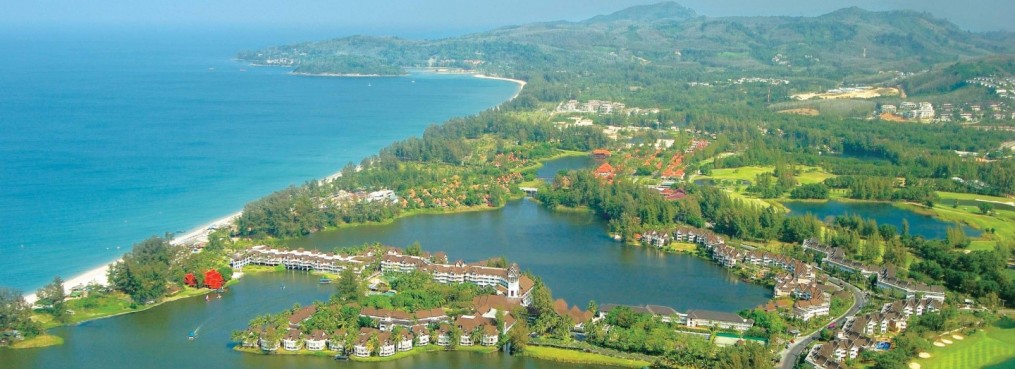This is David here again to write about our time in Phnom Penh, Cambodia’s capital and largest city. Situated on the banks of the Mekong, Tonle Sap, and Bassac Rivers, Phnom Penh is home to a little over 2 million people. In many ways, Phnom Penh, which was once known as ‘The Pearl of Asia’, is similar to Ho Chi Minh. Both are bustling cosmopolitan cities with plenty of French colonial buildings and boulevards.
On our first day in Phnom Penh, Rachel and I woke up early and went to Psar Toul Tom Poung or the Russian Market as its referred to in English. Although it mostly contains various nicknacks and some fresh produce, the Russian Market is best known for carrying designer clothes that were to be sold in the USA and Europe before minor flaws were detected. We walked around the market browsing through the different clothing stalls, but much to Rachel’s chagrin two backpackers on a budget can’t really buy much.
The Russian Market
Our next stop in Phom Penh was a decisviley darker one. Following the end of an almost decade long Civil War, in 1975 the Khmer Rouge headed by Pol Pot stormed Phnom Penh. The Khmer Rouge sought a totally agrarian society and forced people out of the cities and into labor camps. Former government officials, teachers, professionals, intellectuals, ethnic minorities, and city dwellers were immediately purged. Later the Khmer Rouge purges grew greater and greater. Today it is estimated at around 3 million people or a quarter of Cambodia population at the time. Following a series of boarder skirmishes Viet Nam invaded Cambodia in 1979 ending the Khmer Rouge’s reign, and beginning their own ten year occupation of the country.
Rachel and I made our way from the Russian Market to the Tuol Sleng Genocide Museum. Originally a school, Tuol Sleng was converted into a concentration camp called S-21 in 1975 when the Khmer Rouge took over Phnom Penh. S-21 was perhaps the Khmer Rouge’s most notorious and brutal concentration camp. Between 1975-1979 as many as 20,000 people were imprisoned in S-21, and only 12 were known to have survived. Today all the buildings in the S-21 compound have been preserved as they were in 1979. There are four main buildings in the complex (a,b,c,d) containing prison cells (each with a picture of how the cells were found by liberating Vietnamese forces in 1979), displays of the various torture tools used, displays of the ‘confessions’ that victims signed, and perhaps most haunting thousands prisoner intake photos. For me and Rachel the complex was particularly disturbing because the school buildings which were turned into prison cells were very similar to the classrooms that we taught in. After our sobering trip to Tuol Sleng we headed back to our hotel for a little bit of relaxation.
Intake photos from S-21
The next day provided Rachel and I another opportunity to reflect on Cambodia’s horrific past as we traveled 17km south of Phnom Penh to Choeung Ek, one of Cambodia’s infamous Killing Fields. During the Cambodian Genocide, prisoners from S-21 were taken to Choeung Ek and murdered before being dumped into mass graves. Since bullets were expensive most of the victims were bludgeoned to death. Throughout Cambodia there are an estimated 20,000 mass graves just like Choeung Ek. Today Choeung Ek is a memorial and museum. When we entered Choeung Ek we were given a listening device which provided us with a tour of the grounds. There are around two dozen numbered stops in Choeung Ek and each is accompanied with a piece to listen to at the specific stops. The audio tour included a history of the Choeung Ek, stories from survivors and former Khmer Rouge, and other interesting information (including a piece about how Pol Pot and the Khmer Rouge were supported by the UN and the USA as a government in exile during the 1980′). Much of the tour consisted of walking around large holes in the ground where mass graves were exhumed, and the tour finishes with a visit to the large memorial stupa which contains skulls and other bones from the almost 10,000 people who murdered at Choeung Ek. The tour finished with the narrator speaking about the importance of remembering the genocide, and other recent genocides (such as the Holocaust, the genocide of Indigenous people in America, and Rwanda among others) in order to build a more compassionate world. Choeung Ek was immensely powerful place, and although parts of it our very hard to look at/listen to it is an important place to visit and reflect on.
The memorial stupa which contains some of the unearthed remains of victims
There is more to Phnom Penh than the Cambodian Genocide, but Rachel and I had a short time in the city, and we both felt that it was important to visit Teoul Sleng and Choeung Ek. Phnom Penh is a cosmopolitan city with lots to offer.




Thanks for your memorable description….could almost feel how horrific it must have been to “tour.”